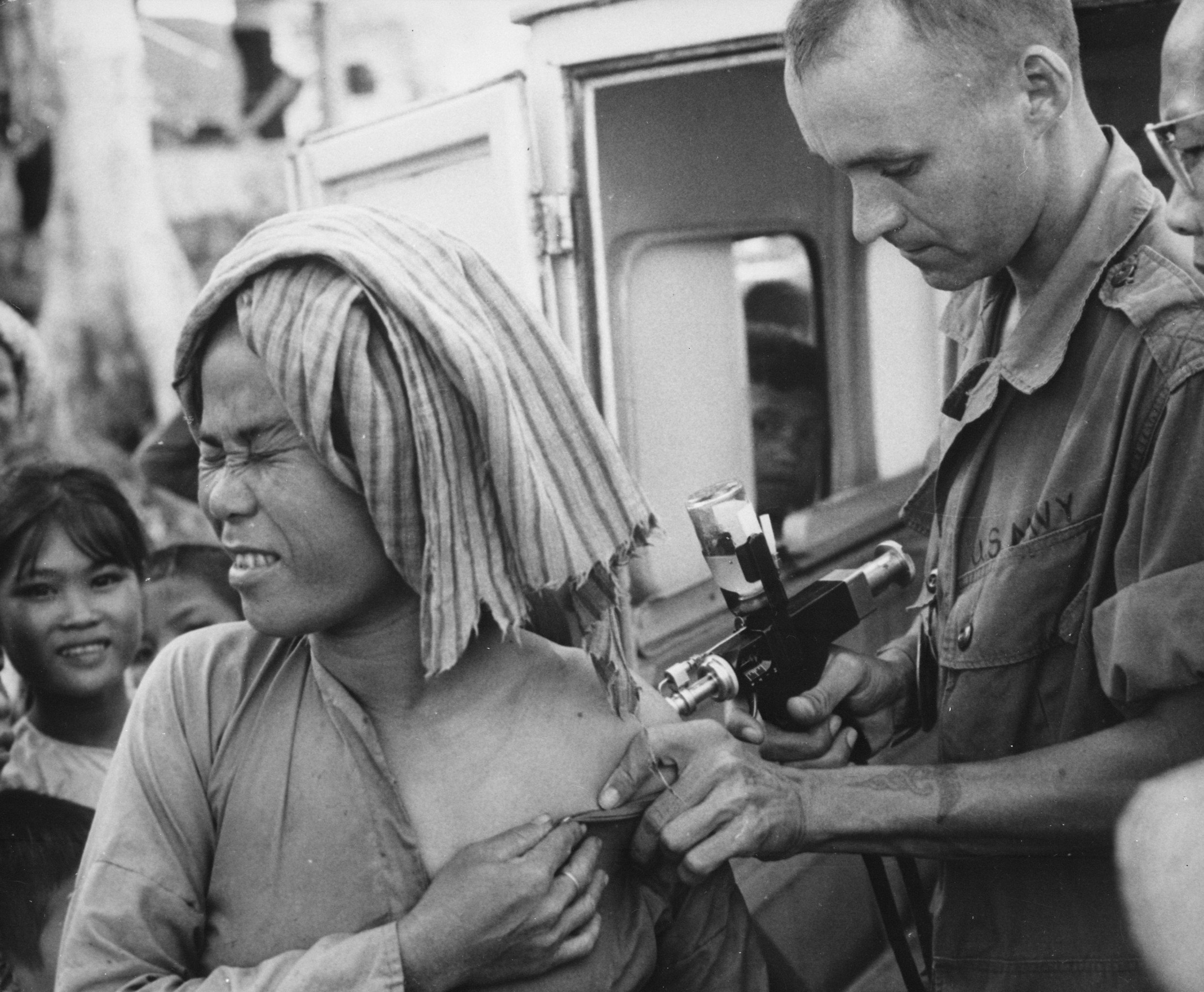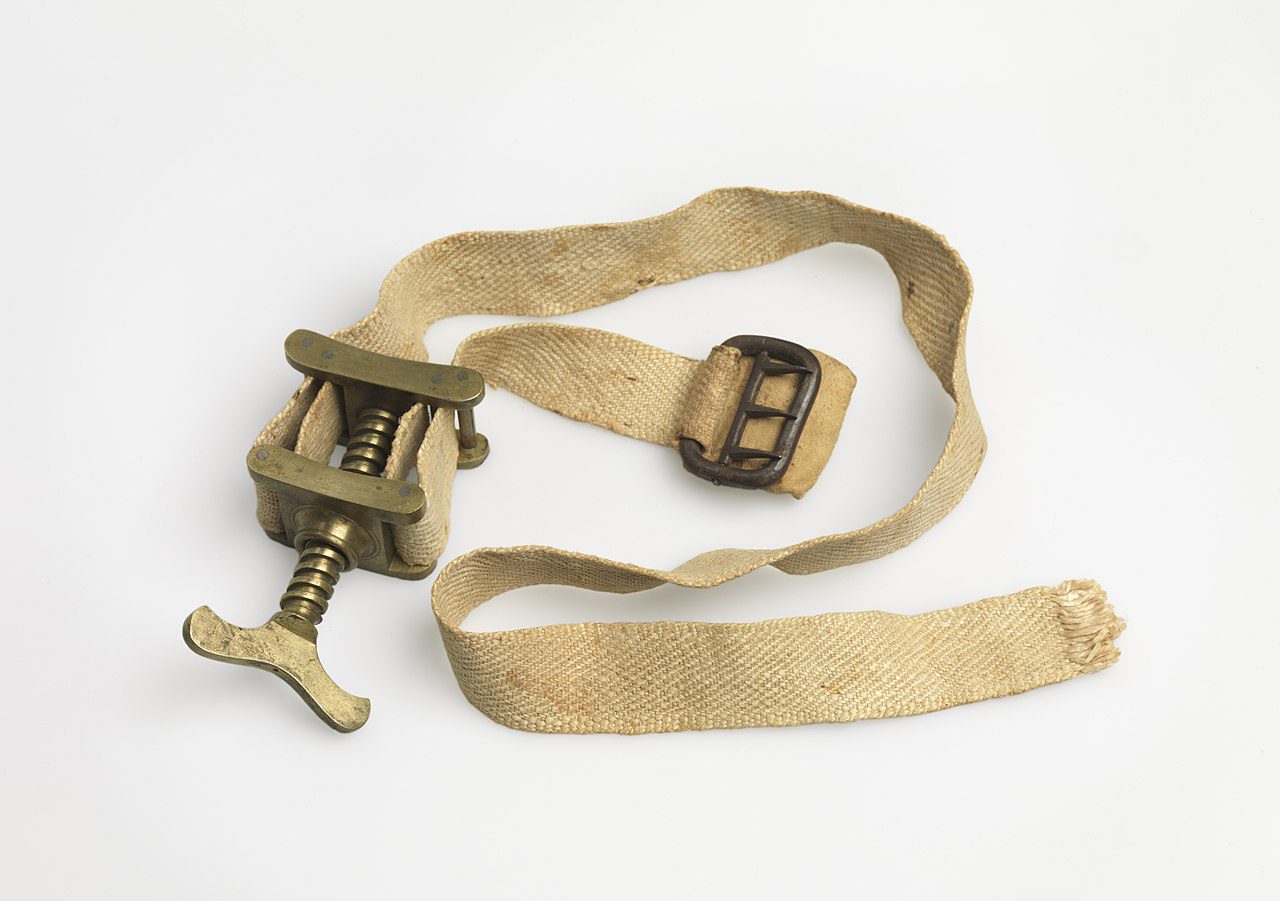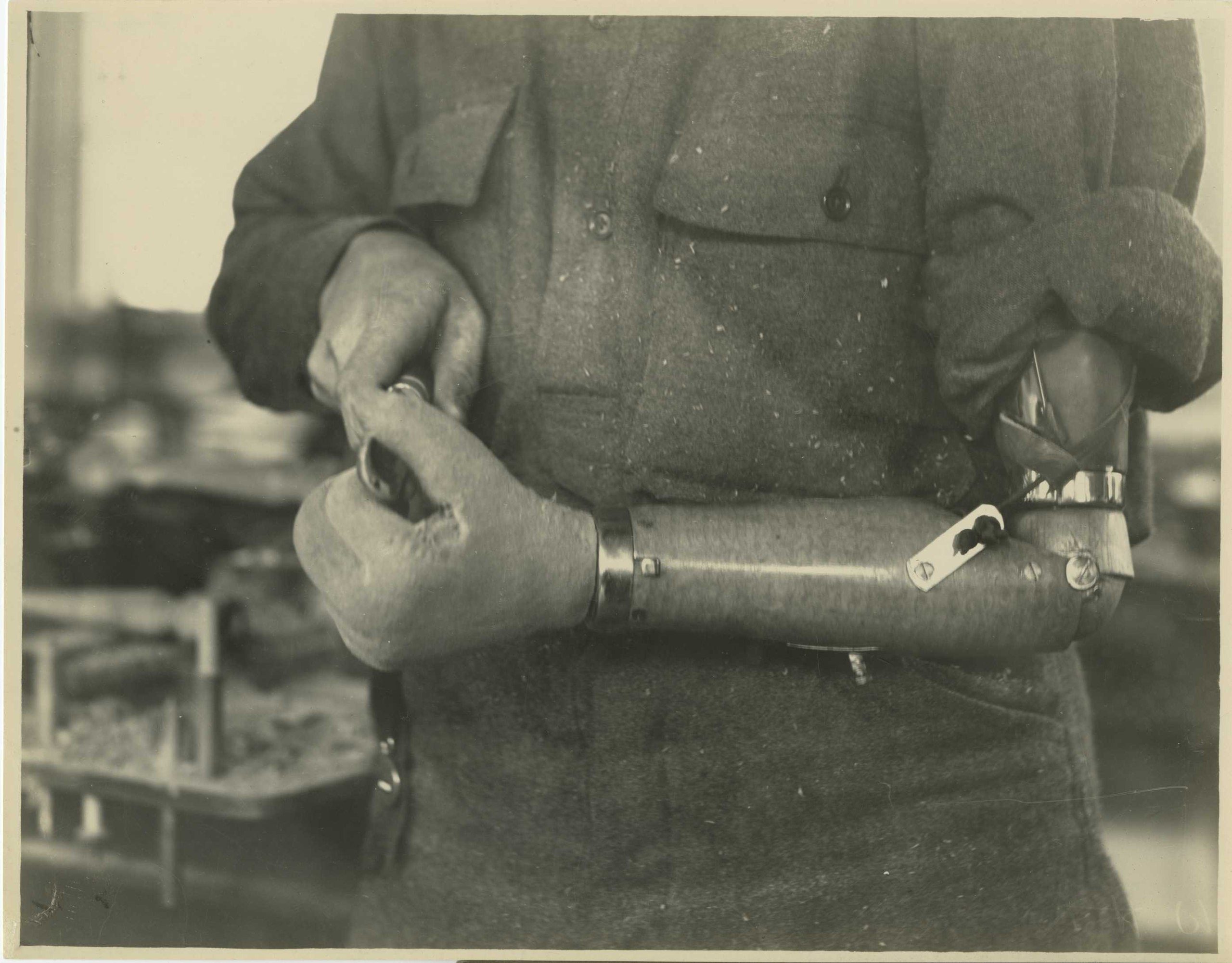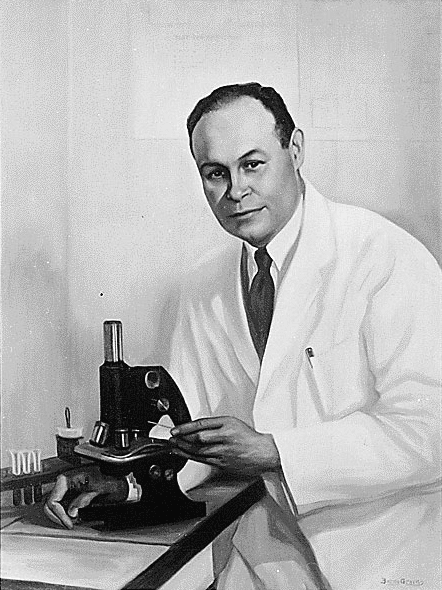World Health Day: How the U.S. Military Promotes “Health for All”
WORLD HEALTH DAY
World Health Day is a holiday established by the World Health Organization (WHO) to draw attention to international public health issues. Their theme for this year is “Health for All.” Today gives us the opportunity to look back at public health successes that have improved quality of life over time.
At Charlie Mike, we are excited to observe this holiday. It gives us the chance to celebrate the ways in which the U.S. military has positively impacted the medical and healthcare fields. From developing trauma care techniques to conducting groundbreaking research on infectious diseases, our military has played a vital role in advancing medical science. Even more, they have improved global health by providing medical support around the world during times of conflict and disaster. Overall, the U.S. military has made many contributions to the medical and healthcare fields at home–all while promoting and protecting health abroad.
VACCINES
Throughout history, armies have been especially vulnerable to disease outbreaks. Soldiers often lived in close quarters and traveled long distances in unsanitary conditions. As a result, military organizations have played a critical role in the development and distribution of vaccines. During WWI, for example, the U.S. military launched a massive campaign to vaccinate soldiers against smallpox and typhoid fever. The success of these efforts inspired similar initiatives in civilian populations, leading to widespread vaccination programs in the following decades. In the mid-twentieth century, the military continued to be instrumental in the development of other vaccines, including those for influenza and hepatitis.

A U.S. Navy hospital corpsman inoculates a flood refugee against cholera at the refugee center in Chau Doc, 1966.
In the early 20th century, the U.S. military was at the forefront of research on infectious diseases like Ebola and Zika. In 2014, the U.S. Army Medical Research Institute of Infectious Diseases (USAMRIID) worked closely with the CDC to develop a diagnostic test for Ebola that could be used in the field. And even more recently, the U.S. Army Medical Research and Development Command (USAMRDC) has been a key player in developing the countermeasures required to both attack and neutralize COVID-19.
TRAUMA CARE
One of the most notable contributions the U.S. military has made to the medical field is in the area of trauma care. Given the nature of combat, service members have long suffered from traumatic injuries such as fractures, burns and other severe wounds. Medical practices, including the use of tourniquets and hemostatic agents, have been essential in saving lives during wartime. Now, many of the techniques and technologies developed for use on the battlefield are being utilized in civilian settings.
Tourniquets, for example, have been a basic but significant technology in the medical community. Historically, tourniquets consisted of three bands, which were tightened by sticks to reduce pain and blood loss during amputation. They date all the way back to the Middle Ages, when a tourniquet was first used on the battlefield at the battle of Flanders in 1674. Gradually, the tourniquet became a vital tool during wartime. The U.S. military then modified and improved tourniquets even further during the Civil War. Now, first responders commonly use them to control bleeding.

Tourniquet used by surgeons during the Civil War.
The use of damage control resuscitation, another technique pioneered by the military, emphasizes the rapid treatment of bleeding and shock in trauma patients. Civilian trauma centers have adopted this approach, which has improved outcomes in critically injured patients. During the Vietnam War, military doctors even developed the “golden hour” concept, which ensured that wounded soldiers got to a medical facility within an hour of being injured. These practices have been widely adopted by emergency medical professionals, and now, they are responsible for saving lives everywhere.
PROSTHETICS
The military has played a key role in the development of prosthetics and assistive technologies, as well. Soldiers who have been injured in combat often require prosthetic limbs to help them regain mobility and independence. The military has been at the forefront of developing the technologies needed to assist these soldiers.
Many of the prosthetics helping today’s veterans owe their existence to innovations dating back to the Civil War period. Recognizing the alarming number of amputations resulting from combat, the U.S. government unveiled the “Great Civil War Benefaction.” This was a commitment to provide prosthetics to all disabled veterans after the Civil War. With this new promise, entrepenuerers began developing basic wooden and steel prosthetics for the market. Over time, prosthetics gradually became more advanced. During WWI, the Carnes arm was invented. This complicated mechanism allowed amputees to roughly move their wrist and fingers. Although expensive, it was very popular in the United States after the war.

Patient using a prosthetic limb adapted for carpentry. Circa WWI. Walter Reed General Hospital, Washington, D.C.
In recent years, advanced prosthetics have significantly improved amputees’ quality of life and allowed them to perform a wider range of activities. Since 2006, the Defense Advanced Research Projects Agency (DARPA) has worked to develop an electromechanical prosthetic limb with near-natural control. In 2017, the LUKE arm hit the market. This bionic arm allows amputees to control their movements with their brains. It’s creation marked a new chapter in prosthetic history. The military’s impact on the field of prosthetics has been and–obviously–still is significant. Many of the innovations developed by the military are now benefiting civilian amputees.
TRAINING PHYSICIANS
In addition to these contributions, the military has played a role in advancing medical education and training. Military medical schools and programs have trained generations of physicians who have gone on to become leaders in their fields. Their experiences in the military often provide them with unique skills and perspectives. For example, Dr. Charles Drew, a prominent African American physician, served as the chief surgeon of the first American Red Cross blood bank during WWII. He went on to become a pioneer in the field of blood transfusion. The military’s impact on the training of physicians is significant, with many military-trained professionals making contributions to healthcare and medicine.

Portrait of Dr. Charles R. Drew
HEALTH FOR ALL
Overall, the U.S. military has played a critical role in advancing medical science and improving global healthcare outcomes. From infectious disease research to prosthetics technologies, the military’s impacts on the medical field have been nothing short of remarkable. As we continue to face new challenges in healthcare, we can be confident that the U.S. military will be at the forefront of medical innovation. And on World Health Day, Charlie Mike applauds the military for its medical contributions, which have greatly benefited society as a whole.




